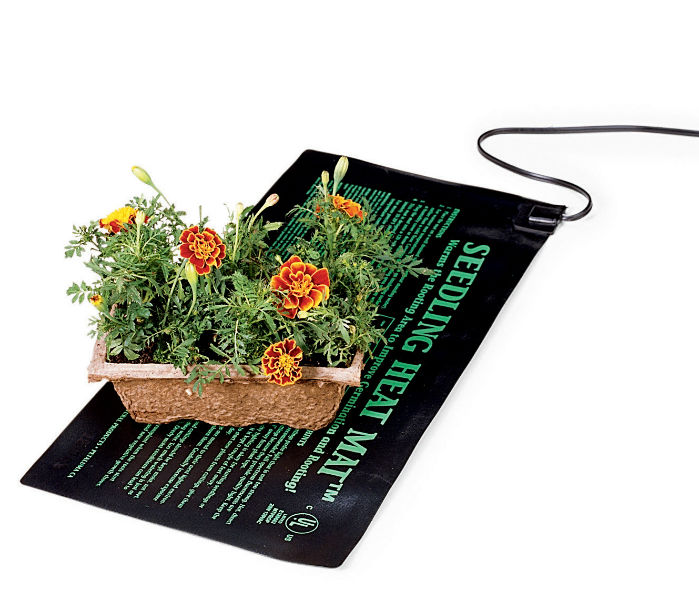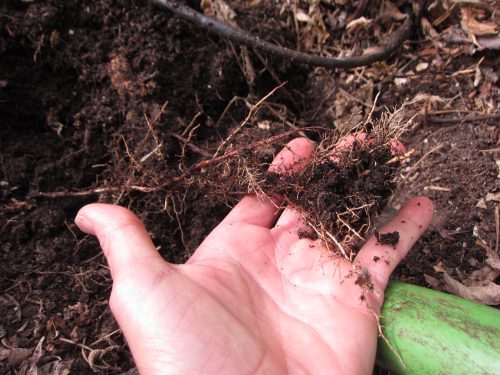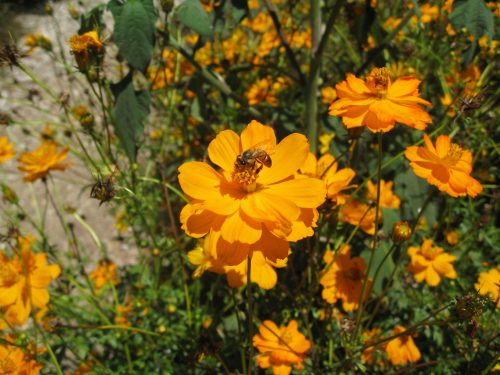“[My daughter] has a tree she planted from seed. I’m not sure what it is, at one point thought it was a Chinese Elm. It has completely outgrown the huge pot it was in (cracked it in half wide open), and is much too large for us to keep in the pot, and nowhere to plant it. The tree is somewhat sentimental (if trees can be that – it is to us, we’re weird). Is there any way I can keep part of it and start growing a tree from it – I’m thinking start again, small, and maybe someday we will have somewhere to put it. You know – like cutting a piece off a geranium and plating it – and it grows (final objective here). It makes me want to cry – feels like we’re killing it.”
Fear not! Your tree can be saved. Trees are propagated from cuttings all the time. In fact, the timber industry relies on propagation by cuttings rather than from nursery seedlings for reforestation. You will need a couple of things, but generally, nature will take care of the details.
The first thing you will want to get is rooting hormone mix. This can be found at most nurseries and home improvement stores. Rooting hormone encourages new roots to form on cuttings. The following website offers a selection of rooting hormone products to choose from, as well as instructions for use:
>https://www.arbico-organics.com/product/earth-juice-rootstock-gel/Organic-Fertilizer
The next thing you will need is a heat mat of some kind. Reason being – the soil temperature needs to be between 75 – 85 degrees Fahrenheit in order to ensure healthy root production. You can use a good old-fashioned heating pad from the drug store, or you can check out these seeds starting heat mats:
If you want to take the plunge you can also get a heat regulator that allows better control over the temperature of the heat mat.
The website I mentioned above also has a great page with instructions on how to take cuttings and propagate them with success. Check it out:
http://www.simplyhydroponics.com/cuttings.htm
If you would like to know more than you could ever imagine about propagating tree cuttings, check out this website below. The first part of it is useful to the common gardener, but then it goes on and on to include species propagation in other countries, evaluating rooting hormones, and more.
How To Root Cuttings From Various Shrubs, Bushes And Trees
Finally, if you aren’t sure you have a Chinese Elm, take a look at this page. It will help solve the mystery:
http://www.floridata.com/ref/U/ulmu_par.cfm
Good luck and keep us posted on your little tree’s progress.



